I will first define the meaning of API and BLOCKCHAIN, before examining how they function as a system

Source
API Integrated into a Blockchain
API
An application-programming interface (API) can be defind as a set of programming instructions and gateways for accessing a Web-based software application or Web tool.
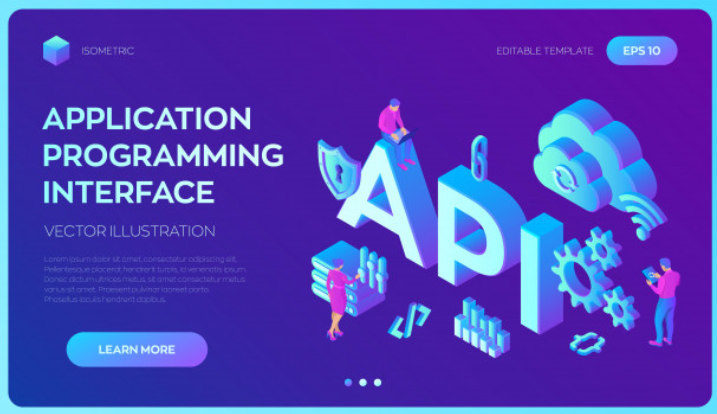
The API
Source
API can also be defind as a set of interactions between multiple software component. API works like a concept in computer science called ABSTRACTION. Abstraction, is hiding the complexity of a system and making the complex actions work in a simple way.
API simplifies programming by abstracting underlying implementation and only displaying objects or actions the developer needs.
It give the developer a function without requiring that the developer understand the system operations occurring behind the scenes.
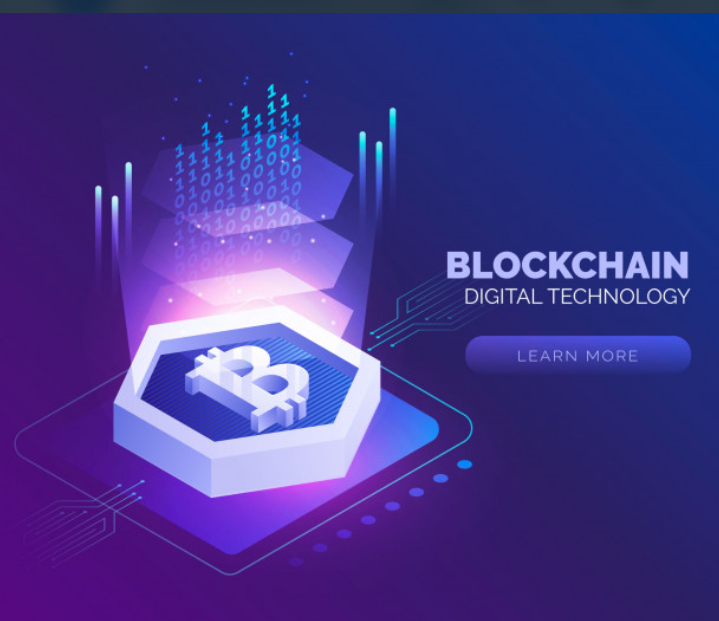
The Blockchain
Source
BLOCKCHAIN
What is Blockchain? It Is a technology very complex yet decentralized, transparent and immutable , that stored digital information in a public database. It store transactions information such as date, time, name, location and amount etc.It also store about who is participating in the transactions.
Blockschain store information that distinguishes each block from other blocks.

The Blockchain and API Integrated
Source
Each block stores a distinguishing code called HASH that allows us to know every other blocks.This HASHES are codes created by special algorithms which are cryptographic in nature.
CONNECTIVITY
The Blockchain is been operated by the concept of trust. The blockchain trusts and verifies every interaction of any transaction, and it depends on the acceptance of all the nodes to track an untrackable and decentralized transaction. API on the other hand is be operates on trust as well and trust is the basic concept and this is why blockchain is a fascinating component of connectivity in API.
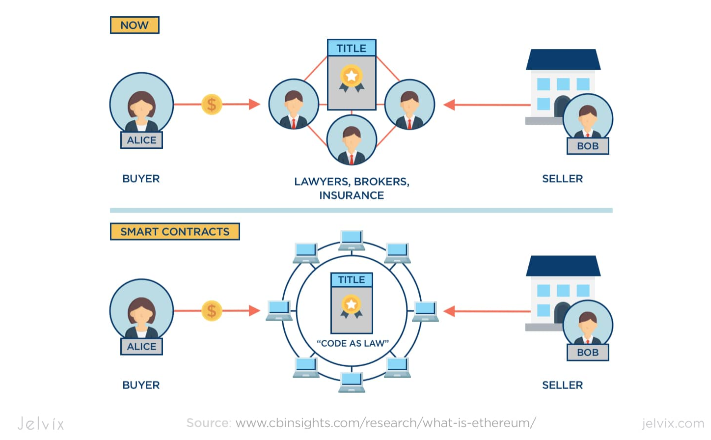
The Blockchain and API Providing connectivity
Source
The blockchain interactions with API allows for decentralized and authoritative system in securing transaction Records, Including the capacity to provide records of last transaction, such as important exchange, occurred and was legally performed.
Decentralization is a big concept in the connectivity relationship between Blockchain and API. It's data is been encrypted and sent, a ledger of records of the transaction can be recorded and shared, thereby establishing a chain of connectivity compliance and technical usage.
SECURITY
Examining the most useful element of the blockchain, the ledger of transactions, we can understand that there is a serious threat to security arising from using it. Blockchain verifies every transaction and transfer this data securely and independently from a centralized authority, it encrypted every interactions. By encrypting this data, attacking AUTHENTICATION SERVER and AUTHORIZATION SERVER have be minimized.
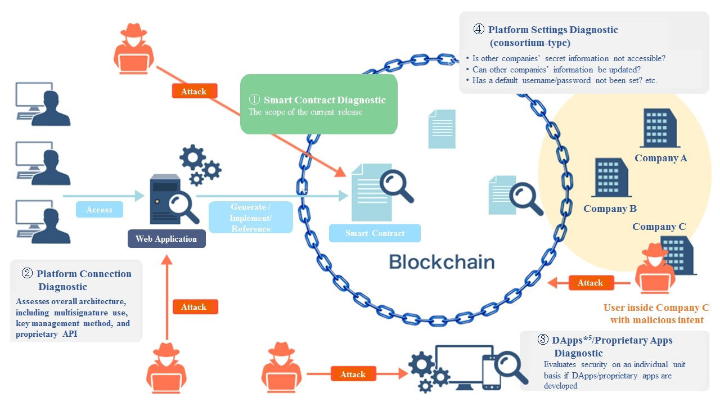
The Blockchain and API Securing Transaction
Source
In most cases, if a node have a serious threat to the network in general, but because the blockchain is based on the collective bargaining of all nodes, this mitigates that threat. If a node is tempered With, other nodes will reject that ledger or force update to occur. This update will now correct the record and thereby re-securing the network.
Movement of data from centralized to decentralized provide independence from centralized, threatened security systems, It increases authority and reliability.

How Transaction is been Processed
PROCESSING
The blockchain functionalities, makes it's to be best in distributed processing and delivery. The blockchain is not good at computing but work as a token-based system for computation and verifying the results of computations. This is how Bitcoin mining works and shows by the popularity of its mining, it is more effective when done in a standard way.
API will speed it up and readily. thereby choosing accepted transactions to the API that has segmented the content in bite-sized, it can not only compute it, but will verified the results and trusted across the network, and gives leveraged power by verifying the results of this computation across different clients.
COLLABORATION
The blockchain works as a collaborative system and API are designed to support this collaborative System, the blockchain is fundamental an important aspect of this system. To establish a Secured collaboration requires an extremely innovation of technology, that will effective encrypting every process in investigating and establishing the user as who they really are.
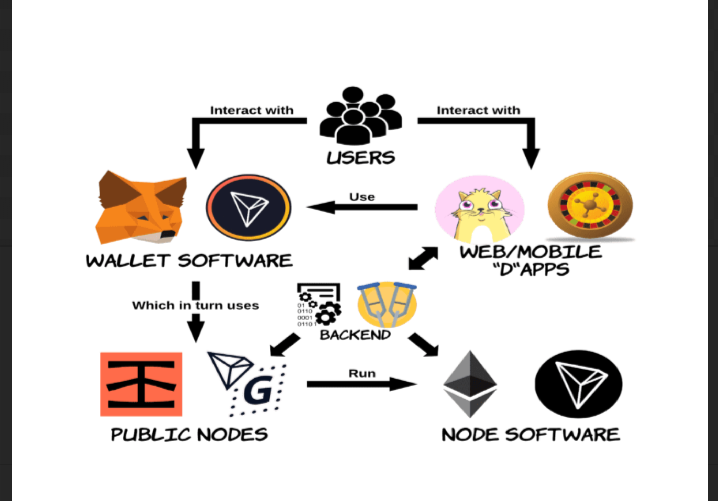
The Blockchain and API Collaborating
Source
The blockchain is available to provide this process, it doesn't only effectively authenticated and identified the user, it also leveraging the power of distributed computation. In collaborative of data, if a data is maliciously harmed, its interaction will be tracked and the actor and source will be detect and tagged. This data will now backed up into the blockchain, and now will be restored from the different distributed resources that host the data that is secured and encrypted.
UNIFICATION
The fundamental aspect and benefit of collaborating the blockchain and API ecosystem is that the can function as a system of UNIFICATION. The blockchain makes effective sense, and facilitate this unification.
For example, collaborating an API and a blockchain together in an electronics manufacturing network. If the blockchain is leveraged, then each individual part can be tracked, from its creation to installation. The transactions of it's maintenance, replacement, etc can be tracked. The recorded transactions and the projected maintenance cycles can be tracked through an API to see any parts that are quickly faulty and identifying it when producing.
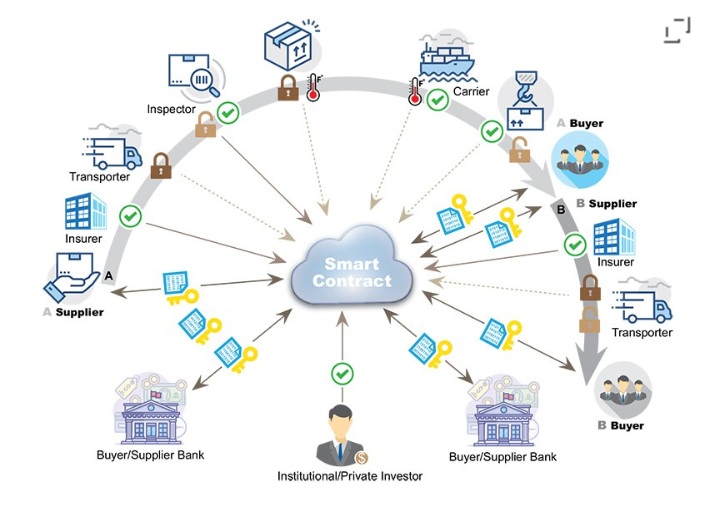
The Blockchain and API in a Chain Management
Source
CHAIN MANAGEMENT
The most fundamental aspect of the collaboration of blockchain and API is the management of chains. The Customer Relation Management and the Supply Chain, logging transaction of a user, time, and a location create a huge transaction record that facilitate responsibility within staff and investigative standard in resolve a problem.
These APIs have the capacity to improve these chains by tracking them. It can detect common faults, identifying underperformed nodes and highlighting it's areas of faulty, the blockchain and the API that interacts with it, and control it's quality, thereby forcing the network to improve itself in a trackable way.
NEGATIVE ASPECT
The blockchain is wastefu because, it depends on many nodes to verify data, this collaborative nature of this nodes makes them to repeat a task over and over in the process to verify a single data, this makes it slower and more expensive network of devices. The more number of chain, the more time it takes for each device in checking transaction records, and this will also cause the loss of efficacy and speed.
Because the ledger is Immutable. therefore can't be corrected once a mistake is made. Retraction or a linked transaction can be issued, but you have to reference it, gain consensus of all the nodes and verify the point of truth on two transactions, which is a negative sign. When a wallet is hacked, because it's Immutable it can accept transaction believing it's from the really owner. Once the transaction is authorize, it can't be revised.
CONCLUSITON
The blockchain effectively depends on how perfectly it was integrated into the API that drives it, the blockchain has its great promises and there are huge threats as well, like every other great technology.
The blockchain, if properly implementated and encrypting the methodologies it use to function, it will facilitate a strong, decentralized, secure network that should be good for variety of tasks and providing exceptional value and functionalities.
Congratulations! This post has been upvoted by the @blurtcurator communal account,
You can request a vote every 12 hours from the #getupvote channel in the official Blurt Discord.Don't wait to join ,lots of good stuff happening there.